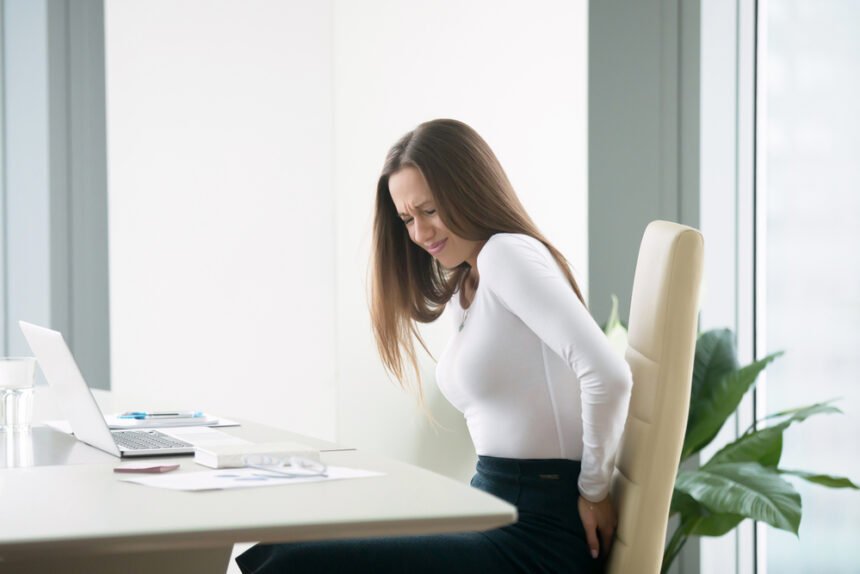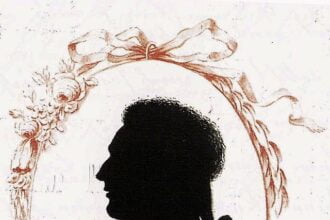Hemorrhoids are also known as piles. It is the disease of your veins, located around the anus or lower rectum, quite similar to the varicose vein which is seen in the foot. It is found by research that about 50 percent of adults experience the symptoms after the age of 50.
Hemorrhoids can be developed inside the rectum, which is called internal hemorrhoids, or under the skin around the anus, called external hemorrhoids. However, the internal one is more common.
Here I have given a brief outline of the symptoms of this disease:
Sign and symptoms of Internal Hemorrhoids:
Internal hemorrhoids are found inside the rectum. As we told earlier, this disease is more common. Patients usually cannot see or feel this kind of piles, and these rarely cause discomfort. Larger hemorrhoids sometimes fall outside the anus by the process of prolapse, at the time of bowel movement. It generally causes no pain, but when stool passes through the rectum, it causes irritation, which leads to:
Bleeding during bowel movements:
Presence of bright red blood in feces, on the toilet paper after wiping buttocks, or can be seen in the toilet bowl. Some of the resources of mountainstreamsmedical.com, highlighted the fact that rectal bleeding may also happen between a bowel movement, and it is one of the most common symptoms of internal hemorrhoid.
Bodily tissue falling outside the anus:
This is called prolapse, during the clearance of the bowel. It occurs when the rectum comes out by anus during exertion. It happens in three stages. In the early stage, the rectum does not extend out of the anus, but partial and entire extent occurs in later stages.
Fecal leakage or mucosal discharge:
It happens due to loss of control on excretion. This situation is known as bowel incontinence. There occurs a mucosal discharge along with leakage of faces.
Presence of itching around the anus:
Moderate to severe itching is a presence around the anus depending upon the grade. This severe itching does not let the patient sit somewhere for a longer duration.
Presence of a lump outside the anus:
The anus consists of soft tissues like blood vessels, lymph nodes, mucus membranes, and nerves. Due to leakage of mucus, the formation of an anal lump occurs. It’s hard by appearance.
A feeling of not having fully evacuated arises after the bowels:
Due to the presence of obstruction on the anus, faces are not evacuated properly. Patients often feel that exertion is not done properly.
Pain during the process of exertion:
It is the special feature present only in internal hemorrhoids.They are pain-free during other times. But when the stool passes through the anal canal, it causes severe pain and bleeding.
The main characteristics of an internal hemorrhoid are that it cannot be seen or felt unless it prolapses. A prolapse has some specific characteristics, such as:
- It possesses a soft, rubber-like texture.
- It gives a rakish appearance.
- Small in size.
- It may be more than one.
Sometimes internal hemorrhoids cannot be pushed back into the anus as a sphincter muscle may trap it. It can cause severe pain around the anus.
Diagnosing of Internal Hemorrhoids:
Diagnosis is made usually by checking medical history (enquire symptoms, family history), doing a physical examination by checking swelling or lumps, stool or mucosal leakage, skin irritation, and a sign of prolapsing tissue. Anoscopy also makes a diagnosis.
Conclusion:
On the above content, we have discussed hemorrhoids, its type, causes, signs, and symptoms of hemorrhoids. It is a complex issue, and the result of treatment comes a little later. Also, the condition is very painful. So, it is clear to say that prevention is better than cure.










